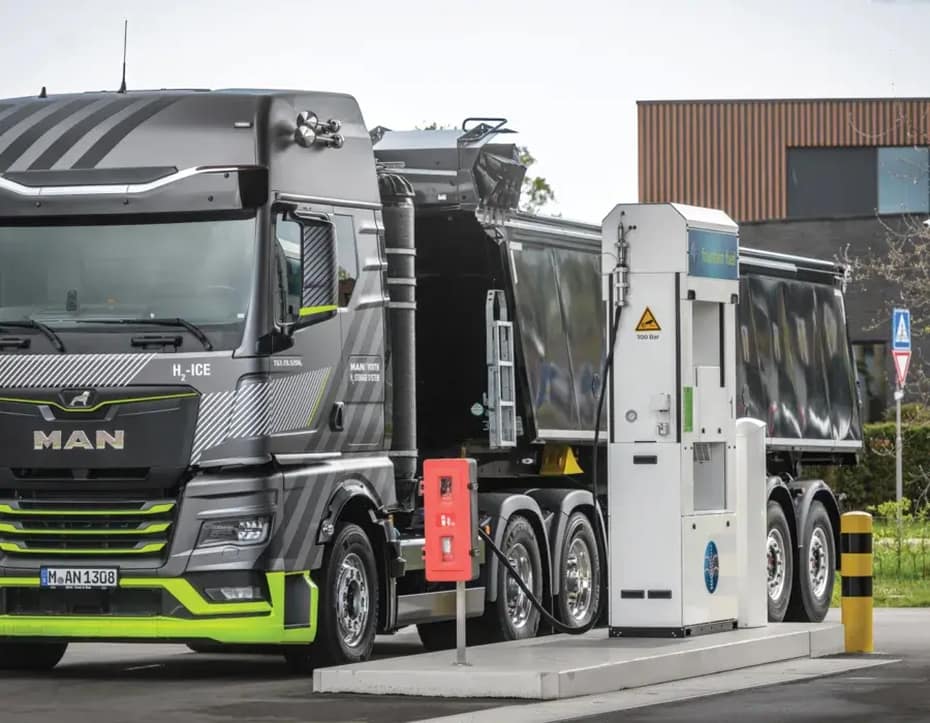Green Hydrogen in the UK: Policy, Economics, and Industry Status (2025 Report)
The United Kingdom stands at a critical juncture in its energy transition journey, with green hydrogen emerging as a cornerstone technology in the nation’s ambitious decarbonization strategy. As the UK pursues its legally binding target of reaching net zero emissions by 2050, green hydrogen offers a versatile and clean energy carrier that could transform multiple sectors of the economy. This report examines the current landscape of green hydrogen production in the UK, analyzing government initiatives, economic factors, technological developments, and future prospects for this promising but challenging industry.
Understanding Green Hydrogen in the Energy Transition
Green hydrogen represents the cleanest form of hydrogen production. Unlike grey hydrogen, which is derived from natural gas, or blue hydrogen, which captures the carbon, green hydrogen is produced via electrolysis powered by renewables. This creates fuel that releases only water vapor—making it central to the UK’s clean energy goals. Its versatility means green hydrogen can store excess renewable energy and deliver clean fuel for sectors that are difficult to electrify directly, including industry and heavy transport.
UK research and industry are advancing technologies from Proton Exchange Membrane (PEM) to Alkaline and Solid Oxide electrolysers—each with different efficiency, material, and scaling profiles.
Recent studies emphasise improvements in efficiency, materials, and terawatt-scale operation as critical focus areas for the UK hydrogen economy.
Coordination across science, engineering and policy is vital.
UK’s Hydrogen Strategy and Policy Framework
The UK government’s 2021 Hydrogen Strategy set targets of 10GW low-carbon hydrogen by 2030, with at least 5GW from green hydrogen. This includes support for both green (electrolysis) and blue (carbon-capture) hydrogen, supporting a “twin-track” approach during the transition. New funding models (HARs) and contracts-for-difference offer revenue certainty, and the latest projects (announced Dec 2023) represent Europe’s largest commercial-scale roll-out so far. Location, supply chains, skills, and new business models remain key to scaling.
Current Status of Green Hydrogen Production
Government-backed initiatives and private investment are delivering the first wave of UK green hydrogen. As of 2024, eleven supported projects represent £400m investment and over 700 jobs, with a combined 125MW of new hydrogen capacity providing clean fuel for business, transport, and industry.
Notable examples include Sofidel’s Port Talbot paper mill using hydrogen for boiler heat and InchDairnie Distillery using hydrogen in distilling—illustrating the breadth of key applications.
| Project | Region | Application | Capacity (MW) |
|—|—|—|—|
| Sofidel Port Talbot | Wales | Paper, heat | ~20 |
| InchDairnie Distillery | Scotland | Distilling | 7 |
| … | … | … | … |
Funding via HARs gives awarded projects a weighted average strike price of £241/MWh (£8.03/kg), enabling construction despite high early costs (source). The initial 1GW target for 2025 is step one toward the broader 5GW by 2030.
Economics of Green Hydrogen Production
Green hydrogen in the UK costs $4.5-$12/kg vs grey H2 at $0.98–2.93/kg and blue H2 at $1.8–4.7/kg. Most of this cost is determined by the price of renewable electricity, which represents 70–80% of the total. Early funding rounds lock in a high strike price—but as manufacturing, scale, and wind/solar costs fall, green hydrogen is forecast to reach parity with grey/blue hydrogen in the 2030s (BloombergNEF). Cross-over with blue hydrogen is expected between 2035–2039, according to Cornwall Insight.
Applications and Benefits of Green Hydrogen
Green hydrogen will be critical for:
– Heavy Transport: Long-haul trucks, buses, shipping, ferries, and non-electrified trains where batteries face range/weight limits.
– Industry: Steel, cement, glass, and chemicals require high-temperature process heat and hydrogen as feedstock; decarbonisation without hydrogen is hard.
– Energy System: Acts as large-scale energy storage and grid balancing, storing surplus renewables for later use.
Several UK pilot projects in these sectors are underway (Statkraft).
Challenges and Barriers to UK Green Hydrogen Development
Infrastructure: Grid capacity, renewable supply, and located hydrogen production at congested industrial/port sites create complexity (Vattenfall).
Economics: High costs vs fossil hydrogen require subsidies; heating with hydrogen is likely to increase consumer bills; and “chicken-and-egg” issues persist (investors won’t fund without demand, demand won’t exist without affordable hydrogen). Recent project cancellations (e.g., Gigastack, Statkraft Trecwn) show these barriers are real.
Technology: Electrolyser improvements, catalysts, and operational reliability are critical to future cost reductions (Royce Institute Blueprint).
The UK’s Strategic Advantages for Hydrogen Production
– Extensive offshore wind and renewable capacity for green H2 scale-up.
– Reusable gas/electric infrastructure and industrial clusters (Humber, Teesside, Merseyside).
– Skilled workforce and world-class hydrogen research (see Royce Institute).
– Policy support and emerging supply chains.
– Position as an Atlantic trading and shipping nation.
Future Outlook and Projections
By 2030, over 95 new green hydrogen plants could materialise in the UK—a 600% increase. Cost projections suggest green hydrogen could fall to $1.3–3.3/kg by 2050, driving competitiveness in industrial and transport sectors. Large-scale adoption will begin in industrial applications, move progressively into transport, and potentially contribute to grid decarbonisation.
Conclusion
Green hydrogen is now recognised as a key pillar of the UK’s net zero pathway. While real economic and technical obstacles remain, strategic advantages and government backing mean the sector is set for rapid growth if project risks can be managed. Smart policy, infrastructure investment, and continued innovation will decide the pace and scale of UK hydrogen success.

